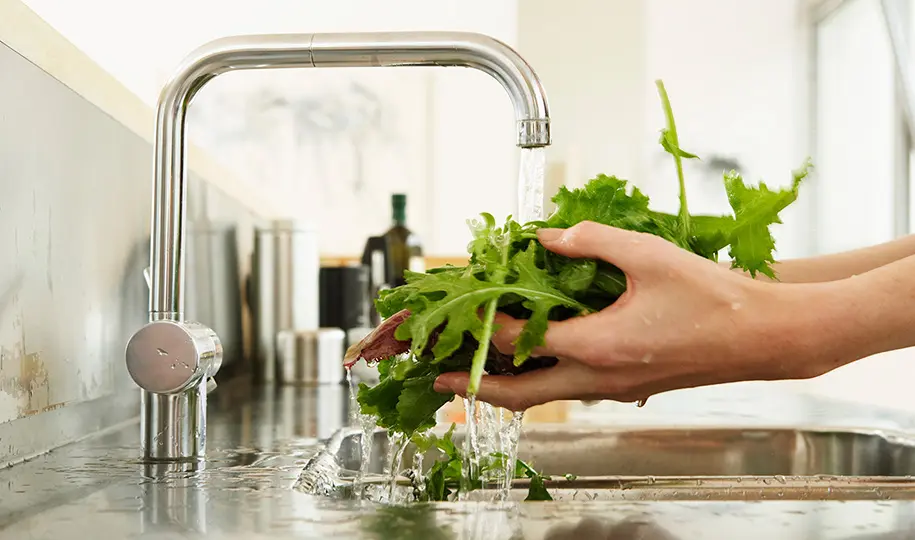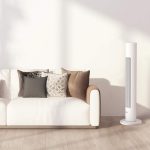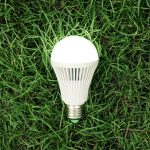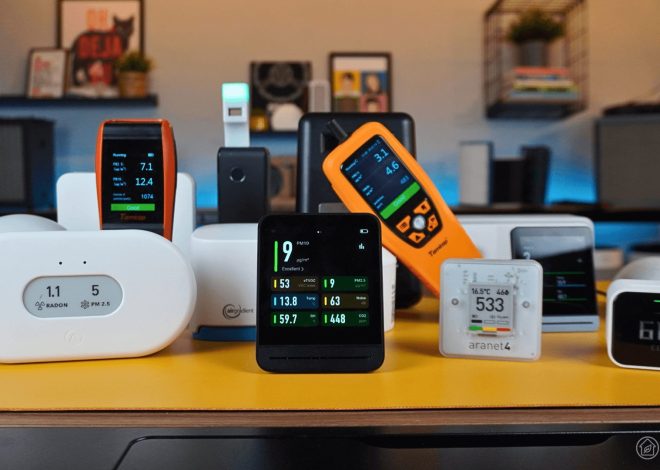Difference between RO, UV, UF and Other Water Purifiers

Drinking pure and clean water offers numerous health benefits, making it essential to select the appropriate water purifier for your home. Water purifiers can range from simple cartridge-based filters to advanced systems incorporating membranes and UV sterilization.
The market offers a variety of water purifiers, and choosing the right one depends largely on your home’s water quality and the types of contaminants present. The first step is to check the Total Dissolved Solids (TDS) level in your water supply. TDS refers to the concentration of dissolved ions, metals, salts, minerals, and chemicals in water.
Dissolved chemicals can pose serious health risks if not treated properly. While many people worry about germs, which typically cause illnesses like cholera treatable with antibiotics, chemical contaminants can cause irreversible harm. These chemicals often lack odor or color, making them hard to detect and potentially causing gradual poisoning. Hence, prevention through effective purification is crucial.
This article explains the three primary water purification methods widely used in India. Understanding their differences will help you select the best option for your household. However, it’s important first to recognize the main types of impurities found in water:
- Physical Impurities – Visible particles like dust, mud, and sand.
- Chemical Impurities – Elements causing color, odor, bad taste, or smell.
- Microbiological Impurities – Harmful bacteria and viruses.
- Hardness – Presence of calcium, magnesium, and similar minerals.
Common Water Purifiers in India
RO Water Purifier (Reverse Osmosis)
RO purifiers utilize multiple filters to clean water, with the Reverse Osmosis membrane as the core component. They typically include a sediment filter for physical impurities, a carbon filter for chemical contaminants, a UV lamp and UF membrane for microbiological impurities, and the RO membrane for hardness removal. RO systems require electricity to function, using power to boost water pressure.
RO purifiers are efficient when a sufficient water supply is available. For example, inputting three liters yields one liter of purified water and two liters of wastewater, which can be reused for cleaning or other chores. Advanced RO systems feature technologies like TDS control and pH balancing, allowing them to work with various water sources.
Types of RO Systems
- Plain RO System: Basic systems combining sediment and carbon filters, RO membrane, and UV+UF or only UF filters. Suitable for water with TDS above 1000 ppm, but they lack TDS adjustment, often resulting in a bitter taste.
- TDS Controlled RO System: Enhanced with a mechanical TDS controller, enabling users to adjust water taste. These systems work effectively across a wide TDS range, maintaining output TDS between 50-120 ppm.
- Alkaline / pH Balanced RO System: The most advanced type, combining features of the previous systems with added capability to restore pH balance. This system counteracts the acidity caused by mineral removal, producing pure and healthy water.
UV Water Purifier (Ultraviolet Rays)
UV purifiers typically use sediment and carbon filters alongside a UV lamp that emits ultraviolet rays to deactivate bacteria and viruses. They require electricity but do not need additional power to increase water pressure, operating efficiently under normal pressure.
UV purifiers effectively remove physical, chemical, and microbiological impurities but cannot address water hardness. Therefore, they are recommended for tap water with TDS below 200 ppm and are not suitable for hard bore water. While UV rays kill microorganisms, their remains remain in the water, which is why advanced models combine UV with UF membranes to filter out these remnants.
This technology is compact, cost-effective, chemical-free, and does not alter water taste like RO systems.
Limitation: UV purifiers cannot remove hardness and thus are unsuitable for water sources with TDS above 200 ppm.
UF Water Purifier (Ultra Filtration)
UF purification works without electricity, making it ideal for areas with frequent power outages. Unlike UV purifiers, UF systems completely eliminate bacteria and viruses. They operate effectively under normal tap water pressure but cannot remove dissolved metals.
UF purifiers are suitable when municipal water is free from high TDS or toxic chemicals like arsenic or heavy metals. If unsure about water quality, RO systems are safer.
UF membranes filter out dust and microorganisms but have larger pores compared to RO membranes, so they do not remove dissolved salts or chemicals. Both UF and RO membranes filter out bacteria and viruses, but RO is superior in removing dissolved solids.
UF purifiers are durable, often lasting up to 10 years before major servicing is needed. Water purified by UF is cleaner than boiled water, as boiling does not remove impurities or microbial residues, whereas UF filtration does.













